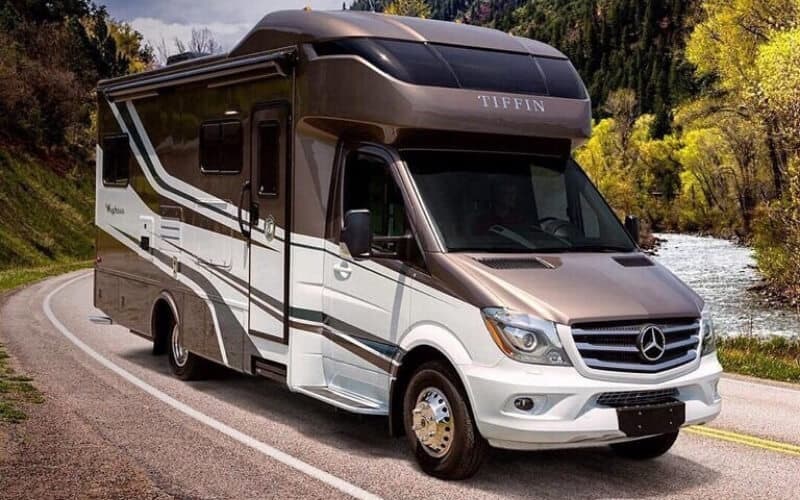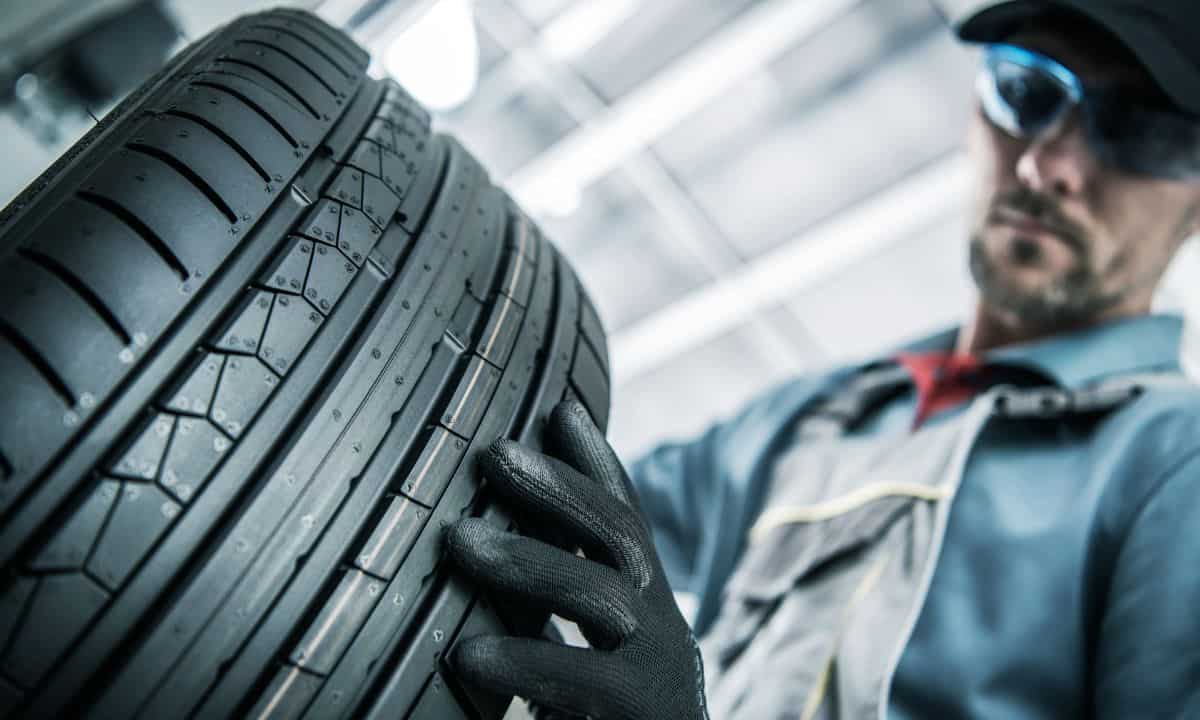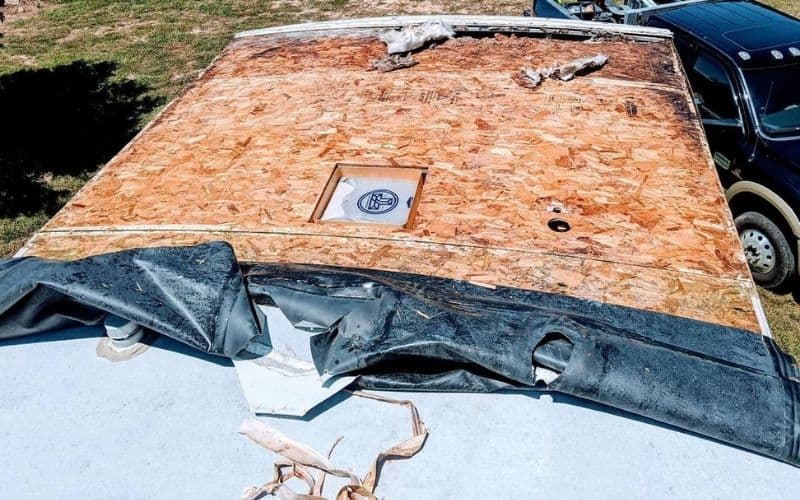Mounting a winch on your trailer can help you add more safety, adaptability, and confidence to your off-roading adventures!
A winch can help you navigate unwieldy terrain and even help rescue others in need. So, learning how to mount a winch on your trailer makes sense if you want to enhance your off-roading experience.
I’ve spent more than half of my life camping across the US. Whenever my family and I leave the house for our next trip, I attach my winch to my trailer. The winch’s exceptional pulling strength means I never have to worry about getting stuck or needing help.
In this guide, I will take you step by step throughout the entire process of mounting a winch on your trailer. While it isn’t complicated once you get the hang of it, these detailed instructions will help you by providing clarity regarding the process.
I’ll also answer the most frequently asked questions about mounting a winch on your trailer, so stay to the end.
![How to Mount a Winch on Your Trailer [Step-by-Step Guide] 2 Mounting a winch on your trailer](https://www.rvingknowhow.com/wp-content/uploads/2023/07/spool1_LEAD.jpg)
What is a Winch, and Why Do I Need One?
A trailer winch is a mechanical device that you can use to pull or hoist heavy loads. The setup for a winch is usually straightforward, and you can achieve this using very few tools which I will cover in the next section.
The pulling force of a winch can be astounding – up to 3000 lbs or more, depending on how much weight you need to haul.
Some of the most common uses of a trailer winch are:
- Launching a boat or watercraft
- Vehicle recovery
- Heavy freight loading and securing
- Pulling equipment
- Work in landscaping
How to Mount a Winch on Your Trailer
It’s time to get into the steps to mount your trailer winch. Even though the process may seem intimidating initially, don’t worry; it’s straightforward and can be done solo without much assistance.
Step 1: Gather Your Materials and Tools
Before you begin, you’ll need some essential tools and parts. You can find most of these at your local hardware store, outdoor camping store, or hobby shop.
All of these tools are also available online. Here is a list of the tools you will need:
- Winch kit: It should come with most, if not all, of the materials you need. This includes the actual winch, a mounting plate or hitch mount, bolts, nuts, washers, and any other parts mentioned in the manual. Before purchasing, check that the kit is correct for your trailer, as some specifications can often vary.
- Tools: You will need a set of wrenches, sockets, and a heavy-duty drill with the necessary drill bits. You can even find a torque wrench useful to help correct bolt tightening.
- Safety gear: All the while, it’s paramount to stay safe. Remember to prioritize safety by wearing gloves and safety glasses throughout the time you will be installing the winch.
Great! You’re one step closer to mounting that tow hitch winch. Let’s move on to the next step: finding the ideal location to set up your winch.
Step 2: Select the Appropriate Location
The next thing to do is find the right place for your winch to perform best.
Here are a few pointers from my experience:
- Sturdiness: While using your winch, a certain amount of stress will be exerted on the ground. A pro tip is to never mount your winch on frail surfaces that won’t be able to withstand the load.
- Accessibility: When your winch is mounted, one of the most important things to check is whether it is accessible. You need to reach the winch controls easily and have enough space to work around, just in case malfunctions or repairs are required.
- Weight distribution: When mounting a winch, you always want to think about how the weight of the winch can affect your trailer’s balance and towing capability. If you mount your winch improperly, it can disrupt the trailer’s weight distribution and towing stability.
Step 3: Install the Receiver Hitch Winch Mount
You need to install a winch mounting plate or hitch mount if your trailer does not already have one.
The installation procedure will vary depending on the type of car trailer winch mount you have:
- Correctly place the hitch mount: Appropriately position the mounting plate or hitch mount on your trailer. If you’re unsure, check the user manual that came with the trailer and the winch to be sure. Next, ensure that it is aligned correctly and the trailer frame is level with the winch.
- Mark for the mounting holes: Using a marker or pencil, carefully mark the positions of the mounting holes on the trailer frame. This will be your reference for where to drill the holes in the next step.
- Drill the mounting holes: Following the marks you made in Step 2, carefully drill the holes precisely at the designated places you marked out using a drill and the correct drill bit size. While you’re drilling, take all essential safety precautions.
- Attaching your hitch mount: Finally, align it with the holes you drilled and secure it using the right-sized bolts, nuts, and washers. Tighten them firmly but not so tightly that they harm the trailer body.
Remember to check your owner’s manual to find the best receiver hitch winch mount for your case.
Once you’ve followed these steps correctly, you’ll have a sturdy foundation to place the winch after securing the mounting plate or hitch mount to your trailer.
![How to Mount a Winch on Your Trailer [Step-by-Step Guide] 3 Install the Receiver Hitch Winch Mount](https://www.rvingknowhow.com/wp-content/uploads/2023/07/15-1024x578.jpg)
Step 4: Attach the Winch to the Mounting Plate or Hitch Mount
It’s time to install the winch now that the mounting plate or hitch mount is in position.
- Position the winch: Align the mounting holes on the winch with those on the mounting plate or hitch mount.
- Bolts, washers, and nuts: Thread the bolts through the aligned holes, sandwiching washers between the winch and the nuts.
- Tighten the bolts: Use a wrench or socket to tighten the bolts and nuts for this step firmly. To avoid misalignment, the winch should be completely straight and level.
- Test the winch: Great; you’re almost there! The next step is to give it a quick test to ensure the winch operates smoothly. You will now engage the winch controls and ensure the cable or rope is properly spooled. Check for blockages or tangling.
Step 5: Wiring Connections
Now, let’s complete the wiring. To effectively guarantee that your connection is safe and secure, here are some steps for you to follow:
- Find your power source: Your winch will need a power source, so it’s crucial to determine where that might be before moving forward. Usually, your car’s battery or a separate power supply will work just fine. Next, you must correctly locate the power source’s positive (+) and negative (-) connections.
- Connect the positive wire: From the winch to the power source’s positive terminal. Properly tighten the connector so that it is completely secure.
- Connect the negative wire: The wire must be connected between the winch and the negative terminal of your battery.
- Routing your wiring: Route the winch wiring carefully to make it look neat and manageable. The last thing you want is your wires to be all over the place or, worse, exposed to the elements.
- Test, test, test: We’re almost there! Now you want to check everything and leave no stone unturned until you’re satisfied that everything is working optimally. You can now engage the winch and see that it is moving smoothly.
- Adjust the tension on the winch: You may need a separate mechanism that can adjust tension. Most times, the winch set comes with the tool.
![How to Mount a Winch on Your Trailer [Step-by-Step Guide] 4 Wiring Connections](https://www.rvingknowhow.com/wp-content/uploads/2023/07/maxresdefault-11-1024x576.jpg)
Step 6: Routine Maintenance and Inspections
Your winch will need routine maintenance over the years of outdoor usage. Here are some things you can do:
- Check if the rope is damaged: If you discover any damage, you must replace the cable or rope as soon as possible. The winch drum should not have tangles or twists in the cable, which can hamper operation.
- Inspect electrical connections: Regularly inspect your winch wire connections to ensure they are secure and rust-free. In case you do find any such signs, what you can do is tighten the loose or corroded connections.
- Test functionality: From time to time, test the winch’s functionality by first engaging the controls and checking to see that the operation is smooth. You will want to pay close attention and listen to unexpected noises or vibrations. It’s always better to identify issues before they can become worse.
Conclusion
Winches are great for improving your camping experience and can be easy to install. Following these steps, your winch should be firmly installed and working correctly.
Every step is essential, from gathering the right tools and parts to regular checks and maintenance.
All the while, prioritize your safety so that you don’t cut, bruise, or injure yourself during the installation. Remember to be safe, have fun, and create unforgettable memories on your outdoor adventures!
Frequently Asked Questions (FAQs)
How to mount a winch on a trailer?
You’ll need the correct winch and trailer hitch to mount a winch on a trailer. Next, you must position it correctly and in the right place. Then, firmly attach the winch to the trailer using the included mounting brackets.
What are the steps to install a winch on a trailer?
Several steps are involved in putting a winch on a trailer. You can only mount winches on stable and secure ground. Once you have determined the best place to mount it, strap the winch to the trailer using mounting brackets.
What equipment is required to place a winch on a trailer?
You’ll need a wrench, sockets, screwdriver, plier, and wire cutters to mount a winch on a trailer. Depending on the winch you mount, you may need additional tools.
Are there any special considerations to take while installing a winch on a trailer?
Yes. This process is heavily machine and tool oriented, so always wear safety gloves and goggles to protect your hands and eyes.

![How to Mount a Winch on Your Trailer [Step-by-Step Guide] 1 How to Mount a Winch on Your Trailer [Step-by-Step Guide]](https://www.rvingknowhow.com/wp-content/uploads/2023/07/Rving-5.jpg)




